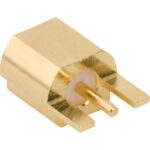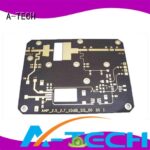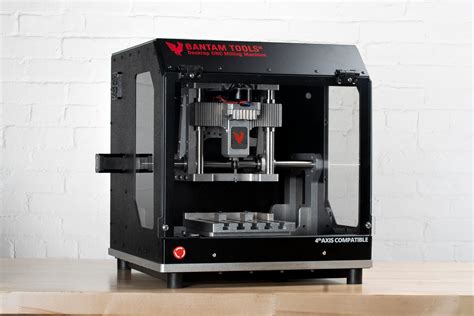
ALL ABOUT FLEX PCB
-
What Is PCB Milling in Your PCB Fabrication
Posted by
–
 Read more: What Is PCB Milling in Your PCB Fabrication
Read more: What Is PCB Milling in Your PCB FabricationIntroduction to PCB Milling PCB milling is a subtractive manufacturing process used in the fabrication of printed circuit boards (PCBs). It involves the use of a computer-controlled milling machine to remove unwanted copper from a pre-laminated PCB substrate, leaving behind the desired electrical circuit pattern. This process is an alternative […]
-
 Read more: Remote Control Tester: Three Key DIY Projects You Should Know
Read more: Remote Control Tester: Three Key DIY Projects You Should KnowProject 1: Basic IR Remote Control Tester Materials Needed Component Quantity IR Receiver Module (e.g., TSOP4838) 1 Arduino Uno or Compatible Board 1 Breadboard 1 Jumper Wires As needed USB Cable 1 Step-by-Step Instructions Connect the IR receiver module to the Arduino board: Connect the VCC pin of the IR […]
-
USB Pinout: The Beginner’s Guide
Posted by
–
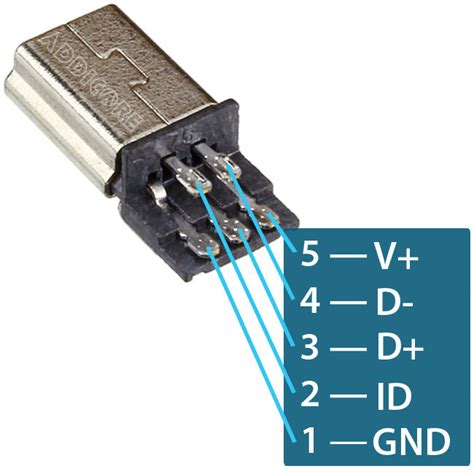 Read more: USB Pinout: The Beginner’s Guide
Read more: USB Pinout: The Beginner’s GuideIntroduction to USB Pinout USB (Universal Serial Bus) is a widely used interface standard for connecting various devices to computers, such as keyboards, mice, printers, and external storage devices. Understanding the USB pinout is crucial for anyone working with USB devices, whether you’re a hobbyist, a technician, or an engineer. […]
-
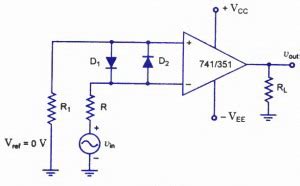 Read more: Zero-Crossing Detectors – Effectively Protect Sensitive Electronic Equipment
Read more: Zero-Crossing Detectors – Effectively Protect Sensitive Electronic EquipmentWhat are Zero-Crossing Detectors? Zero-crossing detectors are electronic circuits that detect the point at which an alternating current (AC) signal crosses the zero voltage level. In other words, they identify the moment when the voltage waveform transitions from positive to negative, or vice versa. This information is essential for controlling […]
-
HHO Fuel Cell: The Ultimate Beginner’s Guide
Posted by
–
 Read more: HHO Fuel Cell: The Ultimate Beginner’s Guide
Read more: HHO Fuel Cell: The Ultimate Beginner’s GuideWhat is an HHO Fuel Cell? An HHO fuel cell, also known as a hydrogen generator or a brown gas generator, is a device that produces a mixture of hydrogen and oxygen gases through the electrolysis of water. This gas mixture, often referred to as HHO or oxyhydrogen, can be […]
-
DIY Float Switch: Everything You Need to Know
Posted by
–
 Read more: DIY Float Switch: Everything You Need to Know
Read more: DIY Float Switch: Everything You Need to KnowWhat is a Float Switch? A float switch, also known as a level switch, is a device that detects the level of liquid in a tank or container and sends a signal to control the operation of a pump, valve, or other equipment. The switch consists of a floating object, […]
-
 Read more: 24v to 12v Converter Circuit: Circuit Diagrams and More
Read more: 24v to 12v Converter Circuit: Circuit Diagrams and MoreWhat is a Voltage Converter? A voltage converter is an electronic device that changes the voltage level of an electrical power source. It allows you to convert a higher voltage to a lower voltage or vice versa, depending on your requirements. Voltage converters are essential in various applications, such as […]
-
 Read more: ATTINY45 Pinout: All You Need to Know About This Microcontroller
Read more: ATTINY45 Pinout: All You Need to Know About This MicrocontrollerIntroduction to ATTINY45 The ATTINY45 is an 8-bit microcontroller that belongs to Atmel’s AVR series. It comes in a compact 8-pin package, making it ideal for space-constrained applications. With its low power consumption and rich set of peripherals, the ATTINY45 is a popular choice for hobbyists, engineers, and embedded systems […]
-
Copper PCB – How Impacts PCB Board Manufacturing
Posted by
–
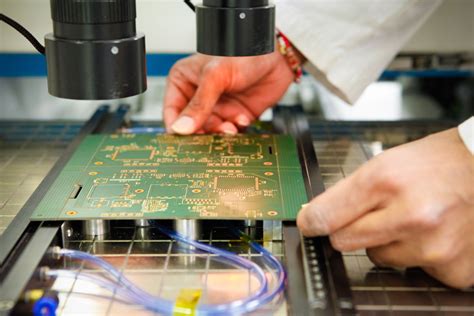 Read more: Copper PCB – How Impacts PCB Board Manufacturing
Read more: Copper PCB – How Impacts PCB Board ManufacturingWhat is a Copper PCB? A copper PCB is a printed circuit board that uses copper as the primary conductive material for its traces, pads, and planes. Copper is laminated onto a non-conductive substrate, typically made of fiberglass or epoxy resin, to create the PCB. The copper layer is then […]
-
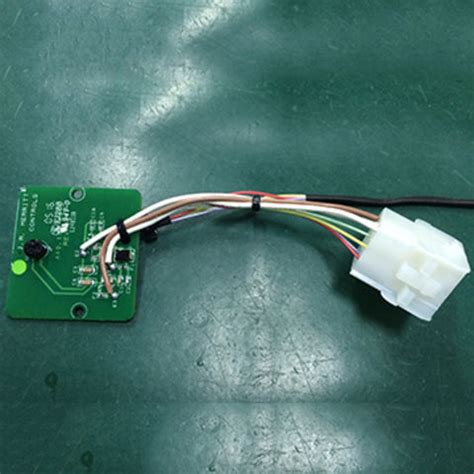 Read more: RoHS 2– How to Produce RoHS 2 Compliant PCB Products
Read more: RoHS 2– How to Produce RoHS 2 Compliant PCB ProductsIntroduction to RoHS 2 and Its Impact on PCB Manufacturing The Restriction of Hazardous Substances Directive (RoHS) is an EU directive that aims to restrict the use of certain hazardous substances in electrical and electronic equipment (EEE). The original RoHS directive, also known as RoHS 1, was adopted in 2003 […]

